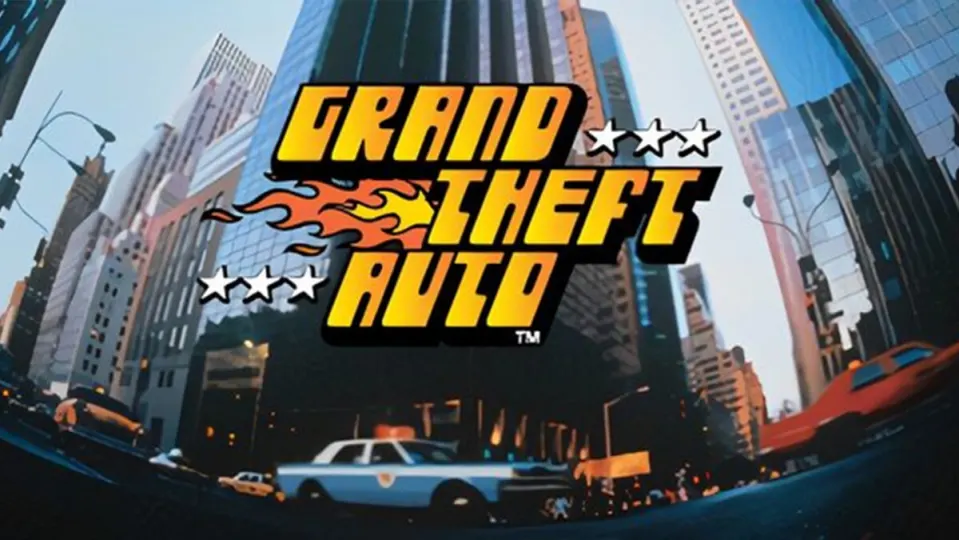The Grand Theft Auto series has left an indelible mark on the gaming landscape, standing out as one of the most influential franchises in history. It has become a symbol of unrestricted exploration, thought-provoking storytelling, and daring themes that push boundaries. In this article, we’ll take a deep dive into the oft-forgotten beginnings of the series, unearthing the development, narrative, impact, and legacy of the first two installments – GTA I and GTA II.
These groundbreaking titles were the seeds that would blossom into a gaming phenomenon leading up to GTA 6, setting the standard for open-world design and revolutionizing the world of interactive entertainment. Come with us on a journey through time as we explore the gritty, neon-lit streets of Liberty City, San Andreas, Vice City, and Anywhere City, and discover how the origins of the franchise have forever altered the gaming industry.
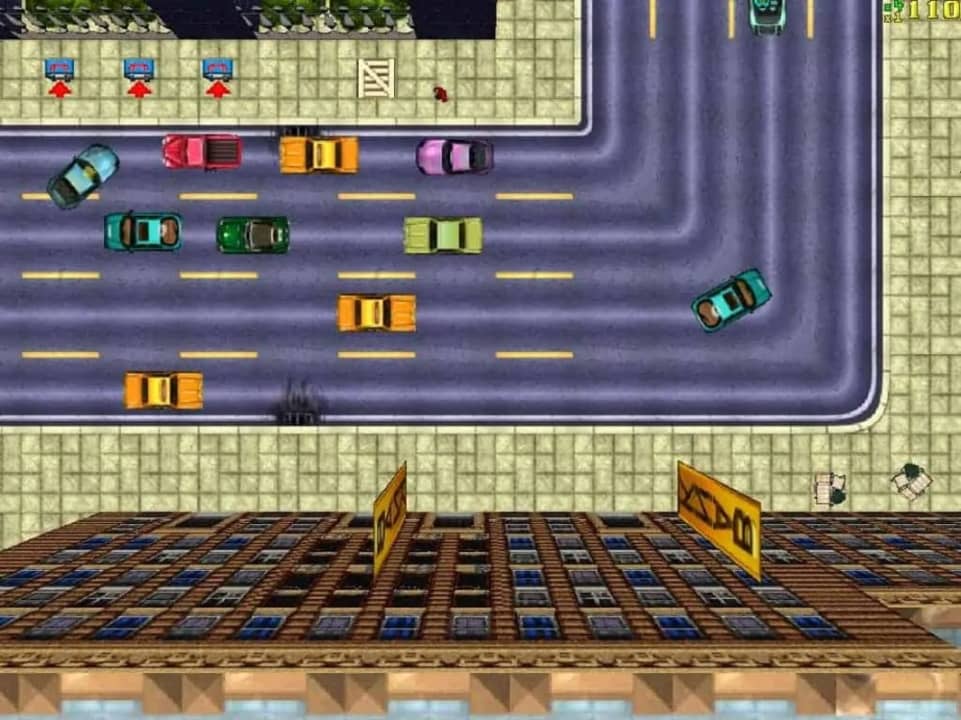
The very beginning of the GTA franchise
The roots of the Grand Theft Auto series can be traced back to the partnership between DMA Design, a Scottish game developer now known as Rockstar North, and BMG Interactive, which later became Rockstar Games. DMA Design first gained recognition through the creation of the beloved Lemmings franchise, but it was their daring leap into the open-world genre that cemented their place in gaming history.
The idea for Grand Theft Auto was born out of the team’s desire to expand upon their earlier successes, including Body Harvest and the racing game Race’n’Chase, which boasted a free-roaming environment and a prototype of the vehicular gameplay that would eventually become a hallmark of the GTA series. Fueled by inspiration from these earlier endeavors, DMA Design set out to create a game that shattered the confines of traditional gaming, offering players an unparalleled level of autonomy and interaction
. They envisioned a world where players could navigate vast urban landscapes, partake in illicit activities, and chart their own course through the game’s narrative, all in real-time. This bold vision laid the foundation for the Grand Theft Auto franchise, forever changing the gaming industry and solidifying DMA Design’s place in history as pioneers of the open-world genre.
Guided by the innovative minds of DMA Design, including the visionary Houser brothers, Sam and Dan, the team set out to create a game that would revolutionize the open-world genre, plunging players into a sprawling metropolis brimming with chaos and possibility. Blending elements of action, adventure, and driving games, Grand Theft Auto shattered the limits of what was previously thought possible in video games, paving the way for the expansive and immersive worlds that would soon become the series’ trademark.
As the games evolved from concept to completion, DMA Design and BMG Interactive worked collaboratively to bring their ambitious vision to fruition. The partnership proved successful, and the groundbreaking achievements of the first two Grand Theft Auto titles laid the foundation for the birth of Rockstar Games, a subsidiary of Take-Two Interactive that would go on to become a powerhouse in the gaming industry.
By building upon their earlier works and refining their vision for open-world gameplay, DMA Design and BMG Interactive not only redefined the video game landscape but also set the stage for the revolutionary experiences that would go on to shape the Grand Theft Auto series for years to come.

Release and initial reception
Grand Theft Auto I and II were released in 1997 and 1999, respectively, marking the inception of a franchise that would later become a cornerstone of the industry. Both games were met with critical acclaim and player interest, with their open-world design, exploration opportunities, and criminal themes captivating the attention of audiences everywhere.
The first Grand Theft Auto game, initially released in October 1997 for MS-DOS and Windows before eventually making its way to PlayStation and Game Boy Color, gained attention for its innovative top-down perspective and expansive open-world structure. While critics had mixed opinions on the game, they could not deny its ambitious design, although technical limitations and controls became points of criticism. Nonetheless, GTA I managed to find commercial success, selling over 1 million copies by 1998, a significant accomplishment for a new intellectual property at that time.
Grand Theft Auto II, released in October 1999 for PlayStation, Dreamcast, and Windows platforms, continued building on its predecessor’s foundation, introducing improvements such as an upgraded graphics engine and a more detailed reputation system. Critics were impressed with these enhancements, along with the addition of in-game radio stations, though some still highlighted technical issues similar to those of the original. Regardless, GTA II maintained the franchise’s commercial success, selling millions of copies worldwide and further cementing the series’ place in the gaming world.
As is customary with the Grand Theft Auto series, controversy surrounding the depiction of crime, violence, and lawlessness was present from the very beginning. This led to debates about video game impacts on players and raised concerns from politicians, activists, and media outlets about the potential influence of games like GTA on real-world violence. This scrutiny also placed greater attention on the video game industry as a whole. Nonetheless, these controversies did little to harm the series’ popularity. In fact, they may have even contributed to it, as the Grand Theft Auto franchise grew to become one of the most iconic and successful franchises in gaming history.
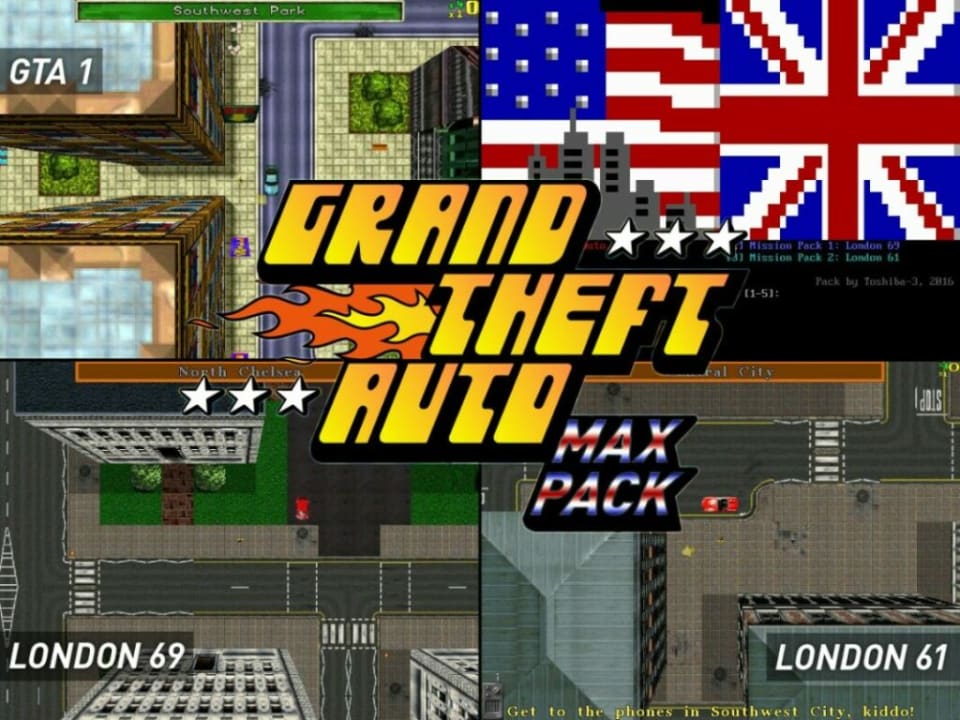
Setting the scene for immeasurable success
The first two Grand Theft Auto games introduced players to a diverse range of fictional cities that would come to define the franchise’s signature open-world experience. These urban landscapes were inspired by real-world American cities, each with their unique characteristics that shaped the games’ narratives and atmosphere.
Grand Theft Auto I featured three distinct cities: Liberty City, San Andreas, and Vice City. Liberty City drew inspiration from the iconic New York City, offering a dense urban environment with skyscrapers, bridges, and a bustling atmosphere. San Andreas was modeled after San Francisco and Los Angeles, showcasing a diverse landscape with hilly terrain, beaches, and famous landmarks. Finally, Vice City was inspired by Miami, providing players with a sun-drenched, pastel-colored environment characterized by palm trees, beaches, and luxurious mansions.
Although the first game lacked a clearly defined era, the cities’ aesthetics and atmosphere suggested a setting in the late ’80s to early ’90s, with car designs, clothing styles, and music reflecting this period. This era influenced the game’s characters and storylines, as players found themselves navigating a world of organized crime, street gangs, and corrupt law enforcement, reminiscent of crime movies and television shows from that time.
Grand Theft Auto II took a different approach, introducing a single city called Anywhere City. The game was set in a near-future, dystopian urban environment, characterized by a combination of advanced technology, crumbling infrastructure, and rampant crime. The futuristic setting allowed for the introduction of new gameplay elements, such as advanced weaponry and vehicles, as well as a more complex faction system, where players could align themselves with various criminal gangs, each with their unique style and missions.
The distinct settings of the early Grand Theft Auto games played a significant role in shaping the gameplay experience, as the cities’ varied atmospheres, layouts, and architectural styles provided a range of environments for players to explore and engage in criminal activities. Additionally, the settings influenced the game’s narrative and characters, with the protagonists navigating a world of crime, corruption, and violence that was deeply rooted in the distinctive ambiance of each city.
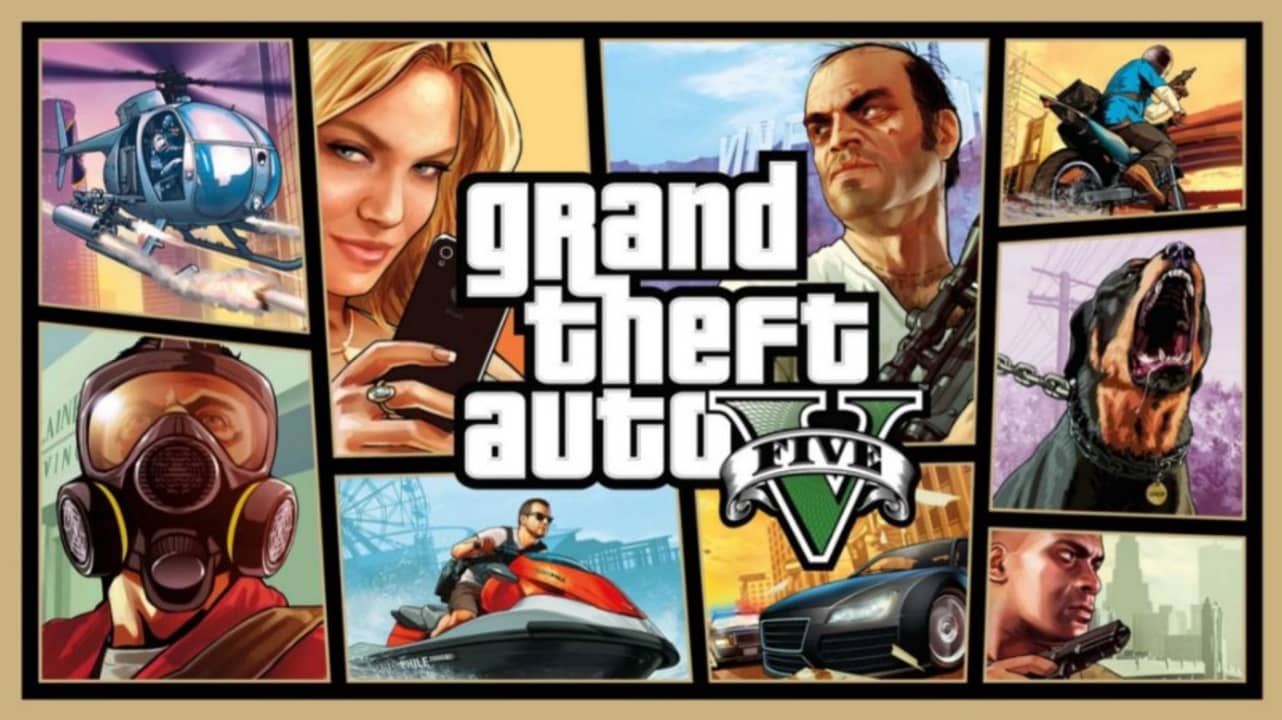
Gameplay mechanics that revolutionized the industry
Grand Theft Auto I and II broke new ground in the gaming industry with their unique top-down perspective, which remains a hallmark of the early GTA games. This bird’s-eye view provided players with an all-encompassing view of the vast open-world environments, allowing them to navigate and interact with their surroundings in ways that were previously unheard of.
The cities in both games were designed to provide players with a level of freedom that was unprecedented at the time. Filled with various points of interest, such as shops, landmarks, and hidden areas, the cities encouraged exploration and discovery. Players could traverse the map on foot or using a range of vehicles, including cars, motorcycles, boats, and helicopters.
The core gameplay mechanics of both games centered around criminal activities, which were the basis of the series’ notoriety and appeal. Players could steal vehicles by simply walking up to them and hijacking them, allowing for quick getaways and seamless transportation. Engaging in crimes such as carjacking, assaulting pedestrians, and destroying property would attract the attention of law enforcement, with increasingly aggressive police response as the player’s “wanted level” increased.
Missions played a significant role in the gameplay of both GTA I and II, as players could choose to take on various tasks assigned by different criminal organizations. These missions often involved committing more elaborate crimes, such as assassinations, robberies, and high-speed chases. Completing missions would progress the storyline and reward players with money, which could be used to purchase weapons, equipment, and property.
Grand Theft Auto II also introduced an innovative respect system, where players could gain or lose favor with the various criminal factions in Anywhere City. This added complexity to the gameplay, as players had to manage their relationships with these factions while completing missions and engaging in free-form criminal activities.
Overall, the gameplay mechanics of the first two Grand Theft Auto games were groundbreaking, offering players an unprecedented level of freedom and interactivity that would shape the series and redefine the open-world genre for years to come.

Plotlines and characters – The genesis of the GTA story
The first two Grand Theft Auto games were characterized by their simple storylines and protagonists, with the emphasis being on the open-world gameplay and freedom of exploration.
Grand Theft Auto I did not have a named protagonist, but rather allowed players to choose from eight different characters, which did not affect the storyline or gameplay. The game’s narrative revolved around the player’s character working their way up the criminal underworld by completing various missions for different criminal organizations in Liberty City, San Andreas, and Vice City. The game featured numerous side characters, many of whom served as mission-givers, representing different factions of the criminal underworld, such as the Italian Mafia, the Yakuza, and street gangs.
In Grand Theft Auto II, players were introduced to Claude Speed, a small-time criminal looking to make a name for himself in the crime-ridden dystopia of Anywhere City. The game’s story was centered around Claude’s rise through the ranks of the criminal underworld, taking on jobs from various gangs and factions. The mission structure in GTA II was more advanced than in the first game, with players able to earn respect from different gangs by completing missions for them or attacking rival factions. The respect system added an extra layer of depth to the narrative, as players had to navigate the complex web of alliances and rivalries that existed among the various criminal organizations in Anywhere City.
While the storylines and characters in the first two Grand Theft Auto games were simpler than in later titles, they established the foundation for the series’ narrative-driven gameplay and key elements such as criminal organizations, mission-givers, and the open-world format. This groundwork set the stage for the development of more intricate storylines and characters in future Grand Theft Auto games.
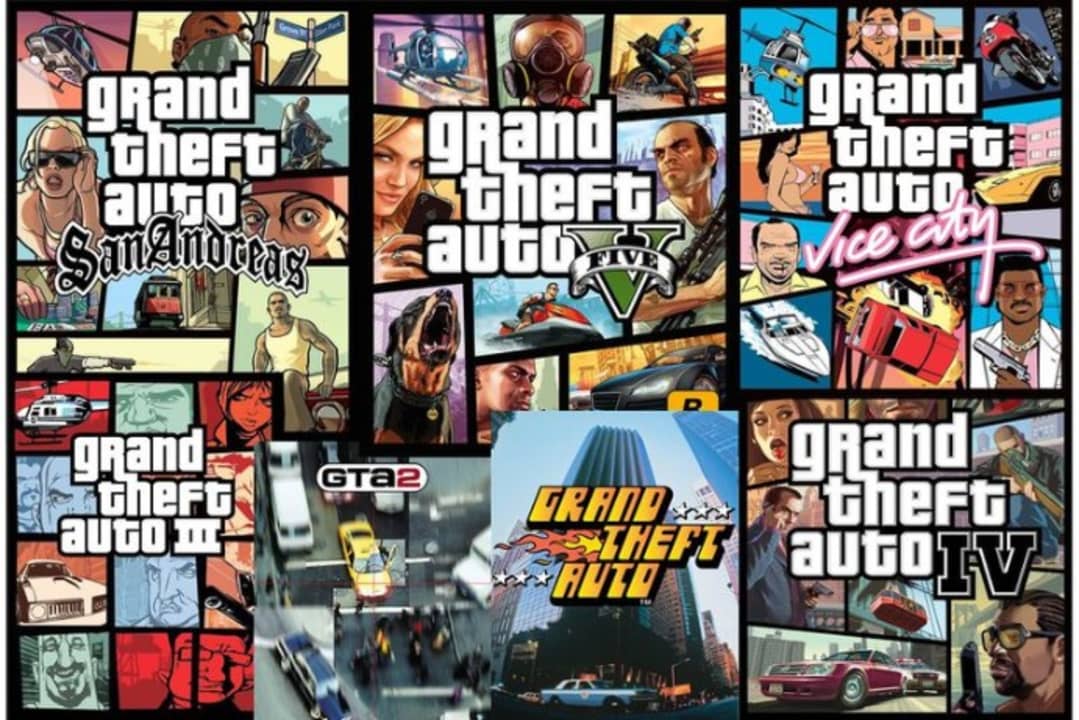
The legacy left by GTA I and II
Despite their simple graphics and storylines, Grand Theft Auto I and II had a profound and enduring impact on the gaming industry, particularly in the open-world genre. These early games set the foundation for future GTA titles and inspired a new generation of sandbox games that aimed to replicate their innovative design.
The introduction of open-world environments and freedom of exploration was crucial to the series’ identity and has since become a defining characteristic of the franchise. The games also sparked debates about the potential impact of video games on society, leading to a broader conversation about the role of creators and publishers in shaping the medium.
The influence of GTA I and II on the open-world genre is evident in the countless titles that have adopted their design elements and mechanics. By offering players a vast, interactive playground to explore and engage with, the early GTA games demonstrated the potential for open-world games to provide deeply immersive and engaging experiences.
The legacy and impact of the first two Grand Theft Auto games are seen in both the series’ continued success and their broader influence on the gaming industry. These early games pushed the boundaries of interactive entertainment, setting the stage for the expansive, immersive worlds that would come to define the Grand Theft Auto series and inspire a new generation of open-world games.
GTA I and II – Inspiring the next generation
The initial two games of the Grand Theft Auto franchise were innovative in their own ways, but they significantly differ from later titles in the series, particularly those in the 3D Universe (GTA III, Vice City, and San Andreas) and the HD Universe (GTA IV and V). The evolution of the franchise and the gaming industry is reflected in the advancements in graphics, gameplay, and narrative depth made in subsequent entries.
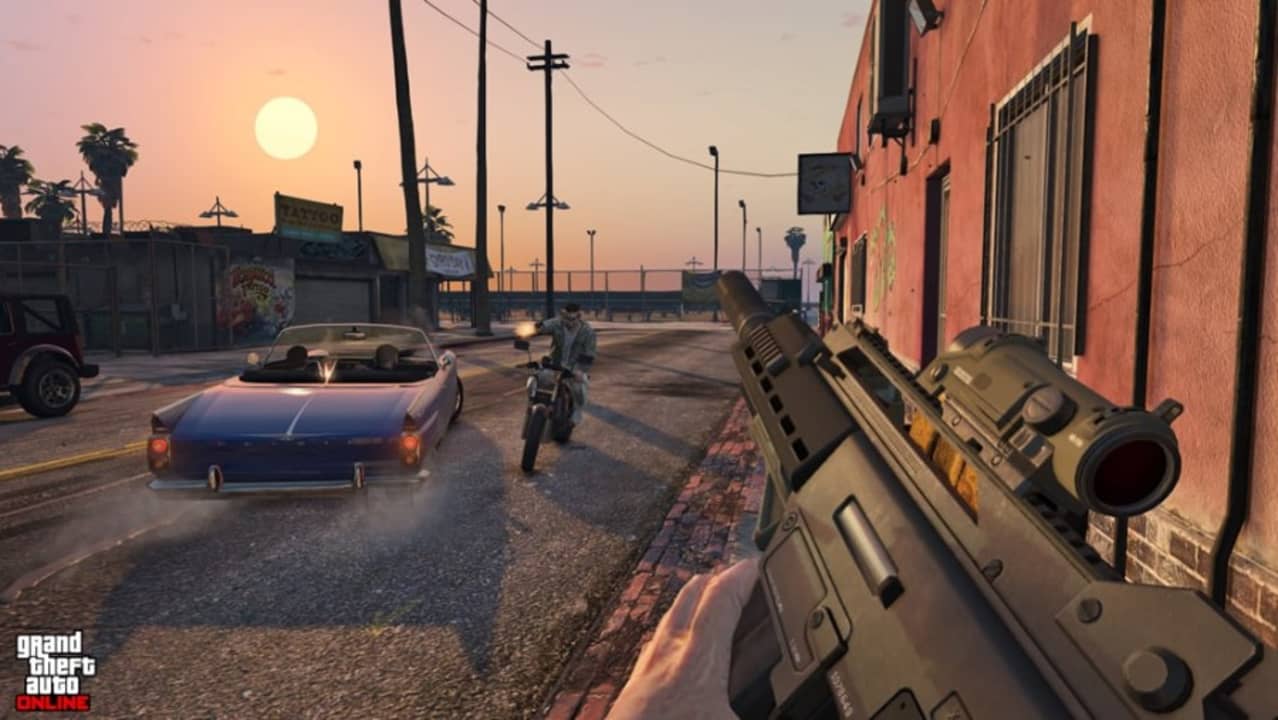
Graphics
In terms of graphics, the top-down 2D perspective of GTA I and II is a significant difference from the fully-realized, three-dimensional world with a third-person perspective introduced in the 3D Universe. This change in perspective facilitated a more immersive experience and allowed for more visually impressive and realistic environments. The HD Universe further improved on this with high-definition graphics, dynamic lighting, and enhanced character models.
Gameplay
While the core gameplay elements of exploring, committing crimes, and engaging in missions remained the same throughout the series, later titles expanded upon these mechanics in various ways. For instance, the 3D Universe introduced an improved combat system, more diverse vehicles, and the ability to swim and climb, adding depth and variety to the gameplay. The HD Universe refined these mechanics by introducing more realistic physics, cover-based shooting, and a more extensive customization system for characters and vehicles. Also, the mission structure became more complex, varied, and emphasized character-driven narratives, incorporating branching mission paths and heists.
Narrative depth
Narrative depth is another significant difference between the first two games and later titles. The initial games had relatively simple storylines centered around the player’s rise through the ranks of the criminal underworld. The 3D and HD Universe titles developed more intricate narratives with richer character development, exploring themes such as family, loyalty, and the pursuit of the American Dream. The protagonists in later titles had distinct personalities, backgrounds, and motivations, fostering a stronger connection to the game world and increasing players’ emotional investment in the storylines and characters.

Poignant, innovative, and the spearhead of the Rockstar brand
The Grand Theft Auto series has come a long way since its humble beginnings in the top-down, 2D world of the first two games. The series has undergone a remarkable evolution, with each new entry pushing the boundaries of what is possible in an open-world game. From the 3D Universe to the HD Universe, the franchise has continued to innovate and refine its graphics, gameplay, and narrative depth, creating a truly immersive and engaging gaming experience.
The first two games laid the foundation for the series’ open-world gameplay and exploration, while subsequent titles expanded upon these mechanics in various ways, adding more complexity and depth to the gameplay. The increased graphical fidelity and immersive gameplay of later titles, along with more intricate narratives and fully-realized characters, allowed players to become more emotionally invested in the game world and the stories it told.
The impact of the Grand Theft Auto series on the gaming industry is undeniable, as it has inspired countless imitators and continues to set the standard for open-world games. With each new entry, the series pushes the boundaries of what is possible in interactive entertainment, demonstrating the potential for games to tell rich, complex stories and provide immersive, engaging experiences.
